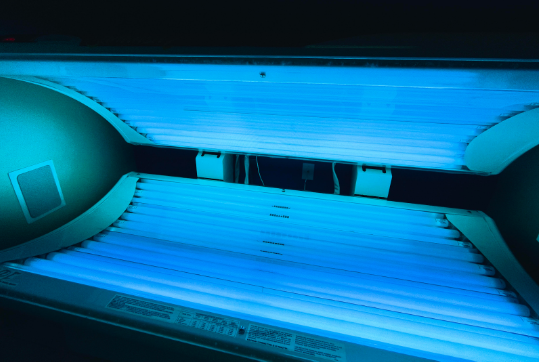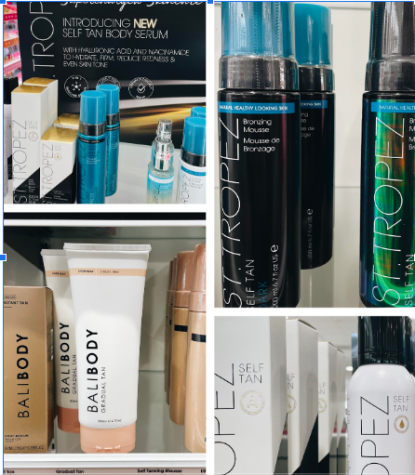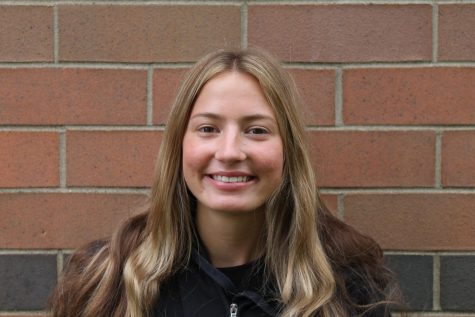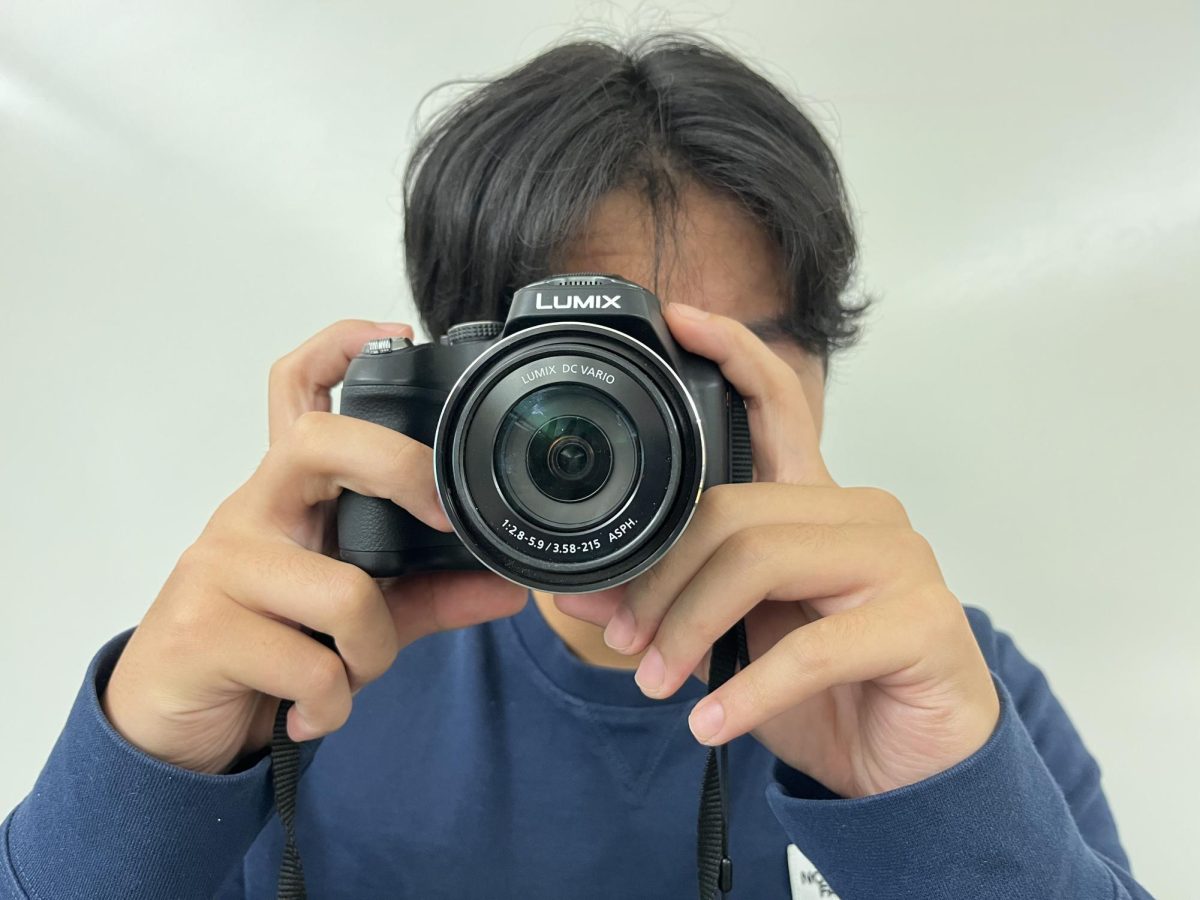Shedding light on the fake-tanning frenzy

UV-light tanning bed at Midnite Sun in Holland. MI
April 10, 2023
Dreary, dark, and cold. The Grand Rapids area ranked sixth on a list of cities in the U.S. with the most depressing winters. In the first eight days of 2023, West Michigan saw a mere five minutes of sunshine. Michigan winters are only becoming more cloudy as climate change deteriorates the Great Lakes’ ice cover, “strengthening the forces that drive lake effect clouds, rain, and snow,” Michigan environmental reporter Kelly House said .
Michigan’s gloomy winters in conjunction with recent trends in pop-culture have prompted a fake-tanning epidemic. From self-tanning lotions, oils, and serums to UV-light beds, spray tans, and tinted moisturizers, people (mostly girls) are going to great lengths to achieve a tan in the absence of sunlight.
Despite relentless slander from fake-tan haters that a fake tan looks “unnatural,” the general consensus among fake-tanners is that they would rather look orange than pale. But, more than physical appearance, many explain that fake-tanning makes them feel better from within.
“Being tan makes me feel happy and a little more confident. It helps decrease the seasonal depression a little bit,” said Sr. Jenna Dirkse. Her favorite fake-tanning method is the Tanologist Tanning Drops. “I prefer being tan from being in the sun, but that’s hard to do in winter, and with the weather so back and forth it makes it kind of difficult to look forward to anything, and tanning helps,” Dirkse said.
Sr. Kloe Anderson is obliged to fake tan as a competitive All-Star Cheerleader. “For big competitions we are required to fake tan because the huge lights make us look extremely pale on stage. Being darker helps the judges to see us better,” said Anderson. “We often compete against teams from the south, and if we don’t fake-tan, we will look extremely pale compared to them. Fake-tanning is just a big part of the All-Star Cheer culture.” Having tried almost every fake-tanning method out there, Anderson said her favorites are spray tans and tanning beds because they last longer and usually look more natural. “Using a tanning bed is really relaxing. It makes me happy and boosts my mood,” said Anderson.
Sr. Reagan Valk fake-tans to cope with the winter blues. “I like the look of being tan and it reminds me of the summer,” said Valk. Her favorite method is spray tanning because she finds it the easiest. “Recently I have been using tanning drops on just my face because it doesn’t take a lot of time to apply and then I can just let it develop overnight,” said Valk. She has also used a tanning bed and said, “It feels like being on the beach. It is very relaxing. Going tanning in the middle of winter makes me happy because it reminds me of nice weather.”
The number of people who experience Seasonal Affective Disorder (SAD) in the fall and winter is higher in places further from the equator. The lack of daylight and direct sunlight in places like Michigan in the winter causes a drop in serotonin levels and in Vitamin D. When sunlight is received through the eye, it hits the retina and triggers the release of serotonin, a neurotransmitter that boosts and regulates moods. A deficiency in serotonin increases the risk of developing depression and anxiety, as well as other mood disorders.
When the skin is exposed to sunlight it absorbs UV-B radiation that is then converted into vitamin D3. Vitamin D is essential for healthy bone growth because it regulates calcium levels in the body. A deficiency in vitamin D increases risk of osteoporosis and some cancers. Additionally, exposure to daylight helps regulate the body’s Circadian Rhythm (the sleep-wake cycle). Without proper exposure to daylight, it can be harder to get to sleep because the brain will not release ideal amounts of melatonin at ideal times.
Michael Terman, PhD, president of the nonprofit Center for Environmental Therapeutics said, “Light can play an important role in the treatment of Seasonal Affective Disorder (SAD).” The UV radiation from tanning beds “stimulates the body to produce endorphins,” inducing “time limited ‘highs’” that Terman said are undoubtedly part of the reason for fake-tanning’s popularity.
Unfortunately, fake-tanning with UV-light is not a safe or permanent solution to the Seasonal Depression. As many already know, frequent and prolonged exposure to UV radiation can lead to premature skin aging and is a serious risk factor for skin cancer.

Terman said a safer alternative, which can be just as effective, is visible light therapy through the eyes, not through the skin, provided by a light box.
While many West Ottawa students enjoy fake tanning for a myriad of valid reasons, it is important that we acknowledge the truth: tanning beds are dangerous and carcinogenic. The associated health risks of exposure to UV radiation are not worth a temporary “high” or increased confidence. Luckily, alternative fake-tanning methods are more abundant than ever, as are light-therapy lamps.



